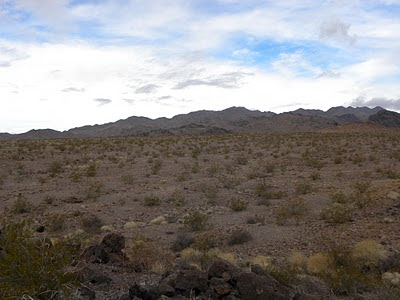First Solar Looking to Invest in Habitat Destruction?

According to a Reuters article, First Solar Inc may be considering purchasing development rights for one or more of Tessera Solar LLC's projects in California's deserts. Both of Tessera Solar's projects -- Imperial Valley and Calico--are in legal limbo and Southern California Edison withdrew its power purchase agreement from the Calico Solar power project, according to the Wall Street Journal. If First Solar were to invest in either project, they could face significant hurdles, although the company does not seem to be shying away from projects that will severely fragment the Mojave and Sonoran deserts. The Calico and Imperial Solar projects may be up for grabs because Tessera Solar LLC appears unable to develop the sites with its own resources. While Tessera Solar LLC's lack of cash and unreliable technology (Stirling "SunCatchers") are probably the biggest factors contributing to the company's doomed state, its poor choice of locations with high ec...


